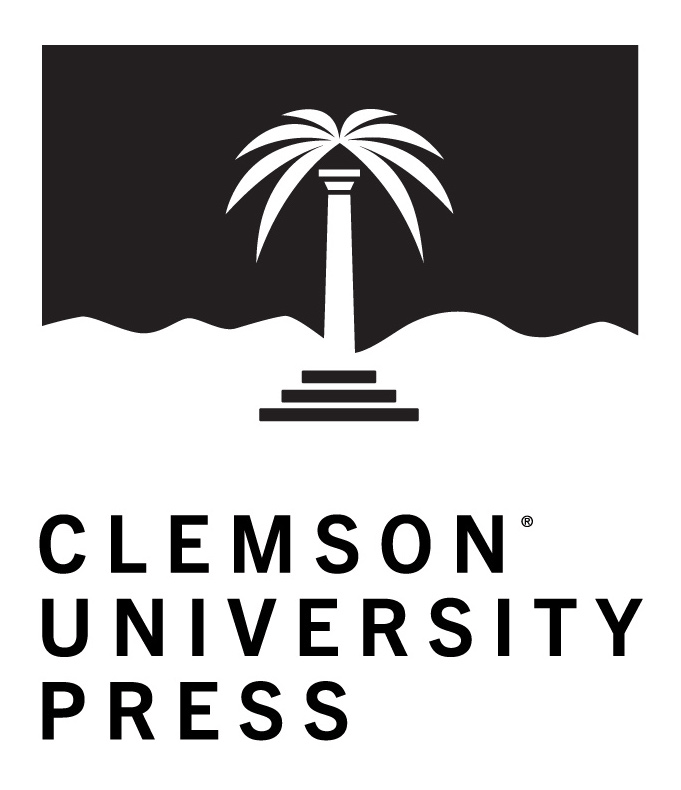Article Type
Full Research Article – Special Issue
Volume
8
Issue
1
DOI
10.34068/JSCWR/08.01.08
Abstract
Beach monitoring samples were collected from 18 (14 currently in use) locations on Edisto Island, South Carolina, from 2000 to 2016 to assess patterns of water quality violations (contraventions) indicated by the presence of multiple Enterococcus species, including Enterococcus faecalis and Enterococcus faecium, bacteria used to assess the health of surface waters for contact recreation. Statistical analyses were conducted comparing Enterococci levels and different environmental variables including location, tidal stages, wind direction, and time. Specific focus was placed on temporal and spatial patterns for dates when the bacteria levels exceeded 104 Most Probable Numbers (MPN) per 100 milliliters (ml), which is the Enterococcus single sample maximum (SSM) water quality standard in South Carolina.
Results indicated that 2.2% of the samples exceeded the Enterococcus SSM standard and that the majority of these SSM contraventions occurred in September, during periods without significant rainfall but when primarily easterly winds occurred, at or near the time of flooding associated with King Tides (flood tides higher than 7.5 ft). Statistical analysis indicated that wind direction and tidal stage (at or around high tide—¾ flood to ¼ ebb) appeared to have more of an impact on bacterial levels than rainfall, per se.
Microbial source tracking using quantitative polymerase chain reaction (qPCR) analysis was conducted and used to identify potential bacterial pollution sources causing Enterococci levels to exceed the SSM. Results indicated that birds and domestic dogs, rather than humans, were the major sources of bacterial pollution. These findings suggested that flooding during King Tides inundated a larger area of the beach-face surface containing bird and dog waste, which resulted in elevated levels of Enterococcus SSM contraventions, primarily on the southern end of the island. These findings are particularly relevant due to the increasing sea-level rise associated with climate change.
Changes in population growth on Edisto Island were also analyzed and indicated that permanent population has been increasing at a relatively low rate, while high rates of tourism growth have been observed and may play a factor in observed increases in Enterococcus SSM contraventions. Comparisons of contact recreational water quality with other South Carolina (SC) beaches indicated that Edisto Island (2.2% of Enterococcus SSM contraventions) was third only behind the Grand Strand (10.9%) and Sullivan’s Island (3.9%), both of which have much higher population densities (777–1,300 people/sq. mile) compared to Edisto Island (36 people/sq. mile). These low population densities at Edisto Island and microbial source tracking results further indicate that most pollution sources were from birds and dogs and indicate the important role of coastal flooding associated with climate change. Coastal flooding is continuing to significantly increase as 24.4% of all King Tide flooding events in Charleston, South Carolina, over the past 67 years have occurred from 2019 to 2020. Better management of microbial pollution sources from dogs and birds is essential to prevent further degradation and loss of ecosystem services.
Takeaway(s)
none
Recommended Citation
Ek, Christina; Porter, Dwayne E.; Graves, David; Rabon, Bryan; Cai, Bo; Cai, Guoshuai; Willis, Ronald; and Scott, Geoffrey I.
(2021)
"Enterococci Contamination on Edisto Island, South Carolina: Frequency, Sources of Contamination, and Prospects on How to Improve Water Quality,"
Journal of South Carolina Water Resources: Vol. 8
:
Iss.
1
, Article 8.
DOI: 10.34068/JSCWR/08.01.08
Available at:
https://tigerprints.clemson.edu/jscwr/vol8/iss1/8





